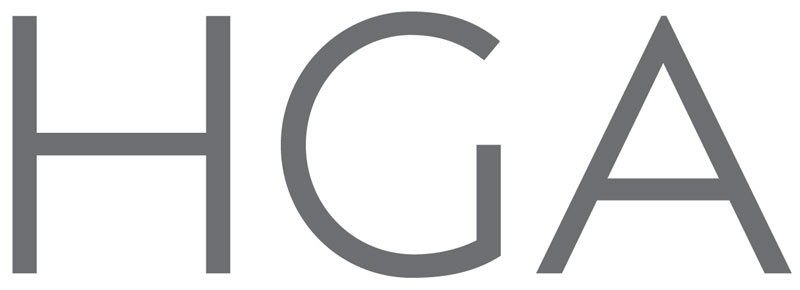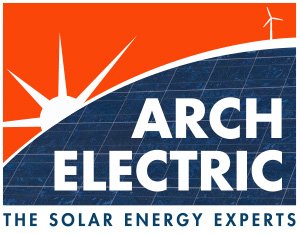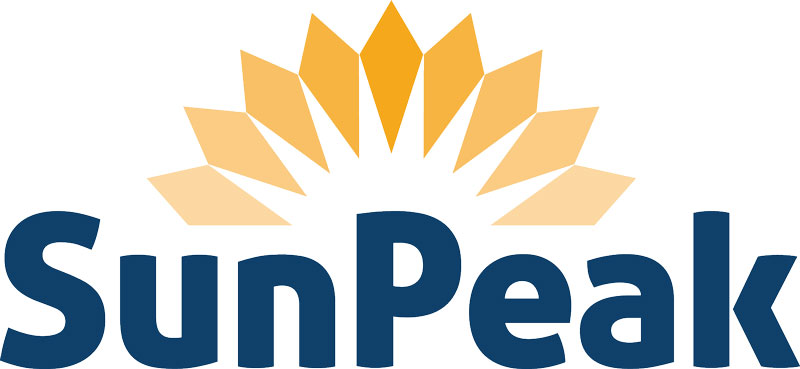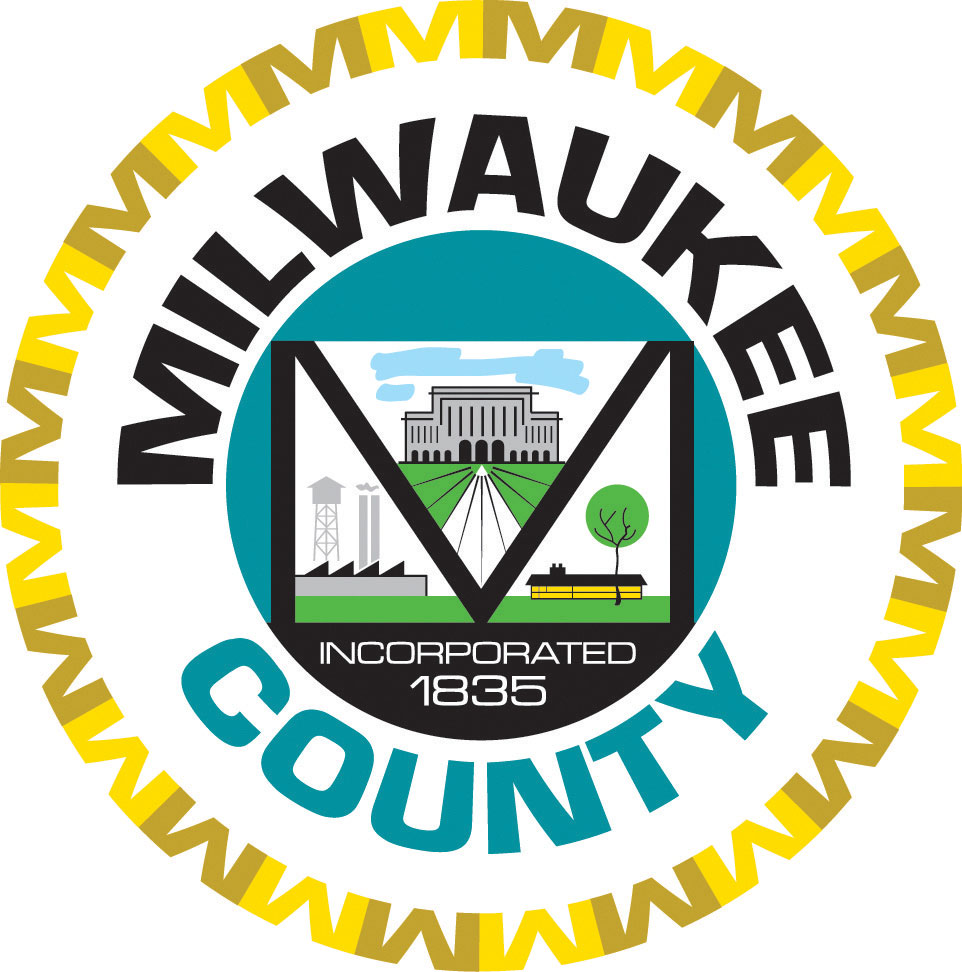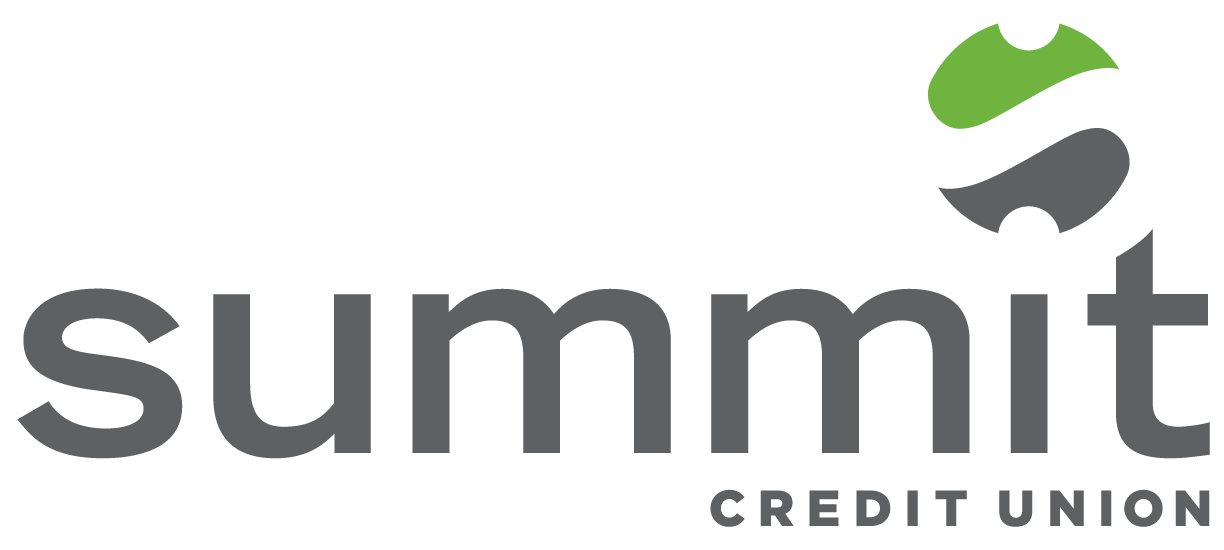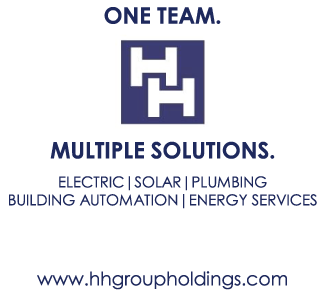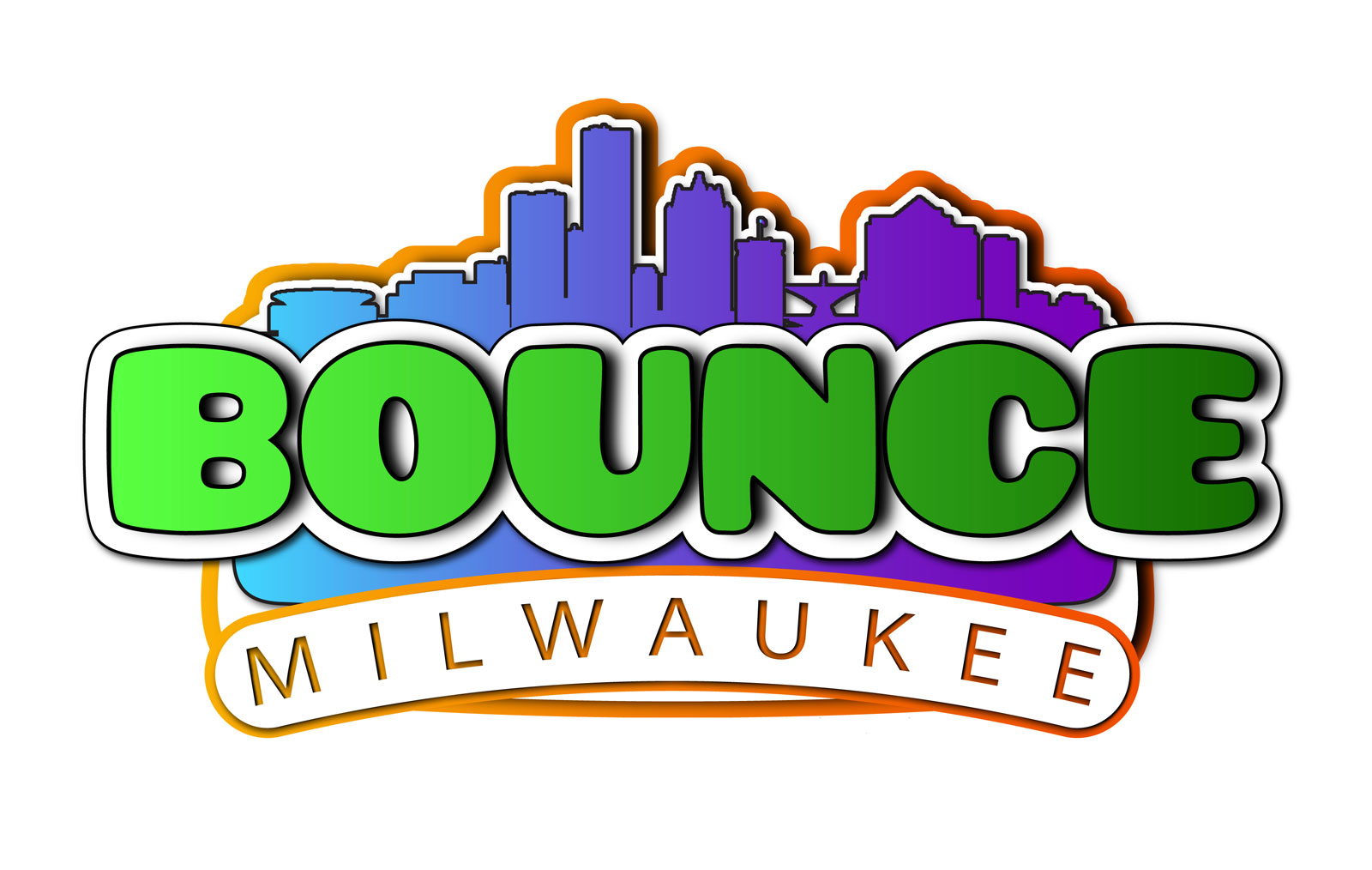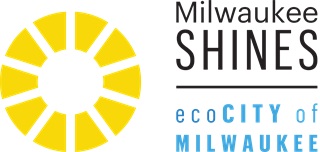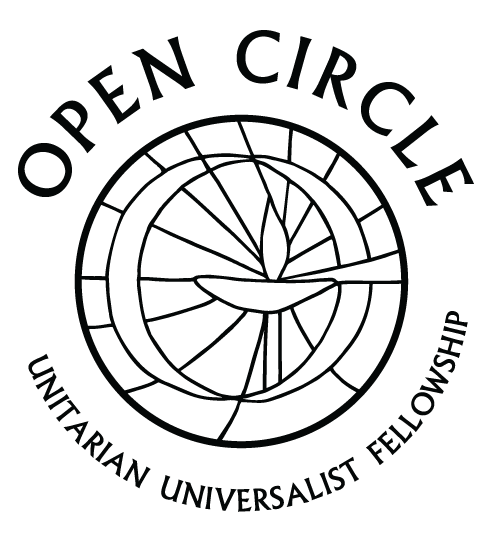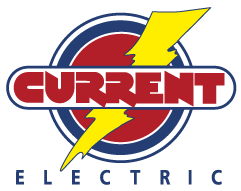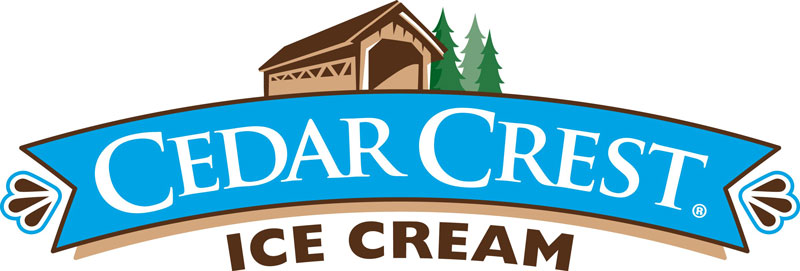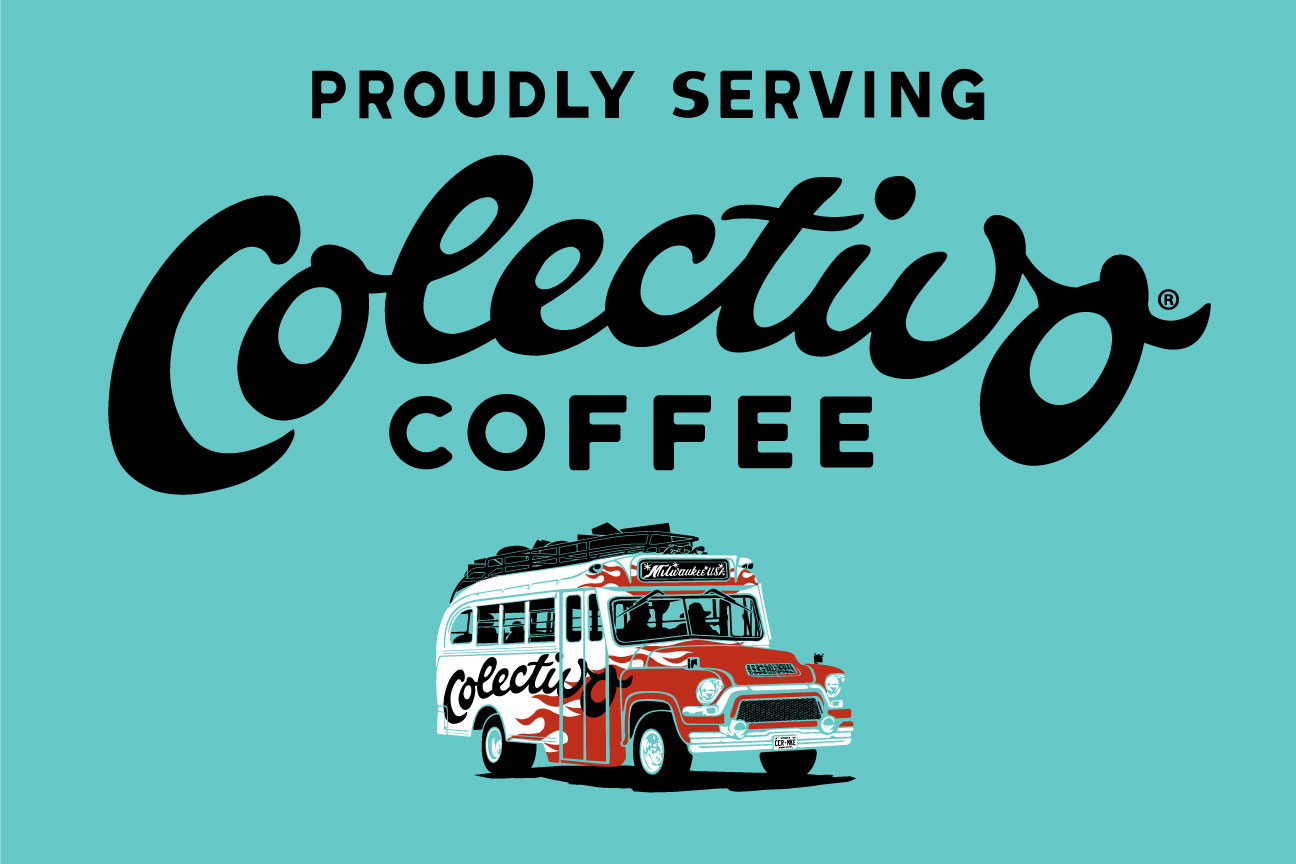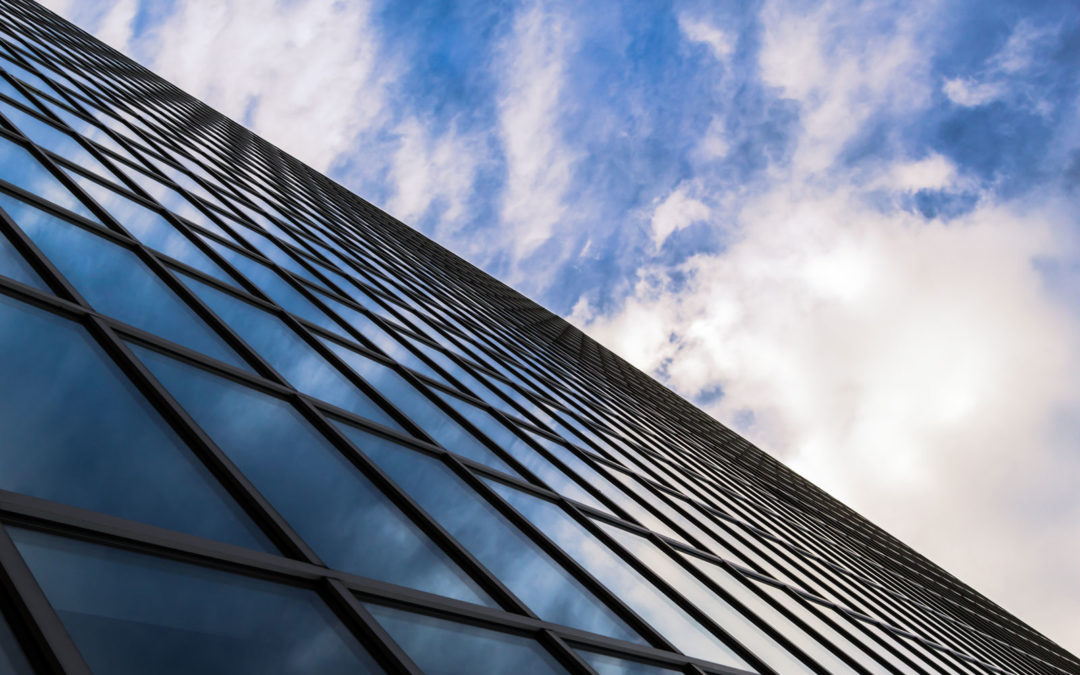
by Jane McCurry | Apr 25, 2019 | Renewables, Solar, Utilities, Wind
Across America, businesses are increasingly investing in clean, renewable energy. They know that the costs for wind and solar have plummeted, allowing the companies to take advantage of the low-cost electricity from renewables. In addition, customers, employees, and investors are increasingly looking to these businesses to make bigger commitments to improving their impacts on the world around us.
Over the past year, Chris Deisinger has acted as a consultant to RENEW Wisconsin to gather up all these corporate commitments to renewable energy, and do a deep dive into which of these national and multi-national firms have Wisconsin operations.
Today, we’re very excited to show you which of these national leaders have Wisconsin operations – and it’s a great list! These are companies who, over the coming years, will be searching for options to access renewable energy to cover the needs of their Wisconsin operations.
Corporations with Renewable Commitments & Wisconsin Operations
A timely example of renewable energy commitments in Wisconsin is Ashley Furniture, headquartered in Arcadia, Wisconsin. On Wednesday, Ashley announced a $29 million investment in renewable energy. The investment will be used to offset 35% of their energy use by installing solar panels at 10 of their largest facilities. Ashley expects to save at least $5 million in the first year.
Dozens of other companies in Wisconsin have also made commitments to renewable energy, including:
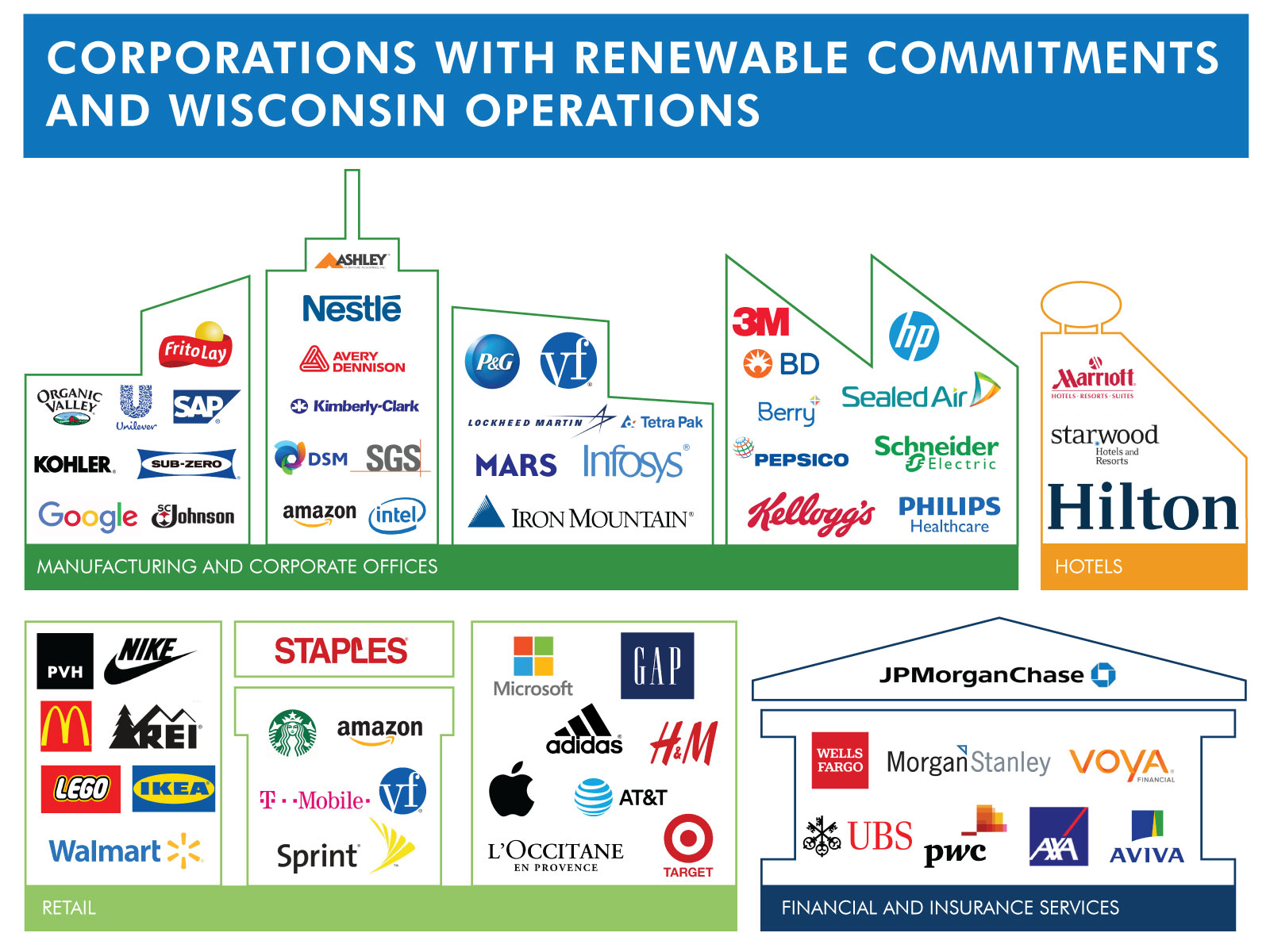
Utility Programs to Connect Commercial Customers with Renewable Energy
Wisconsin power companies are starting to put together programs to help companies like these, and other large customers, meet their renewable energy goals.
Two years ago, Madison Gas & Electric debuted a “Renewable Energy Rider” special service for its commercial customers, and just last month they announced they had the first two customers express interest.
Last fall, We Energies followed suit by proposing and gaining approval for a similar program that would enable their larger customers to sign up for access to dedicated renewable energy resources. We Energies was granted approval for their program in December 2018.
And, just a few weeks ago, Alliant Energy joined in, proposing a similar program again. Alliant’s program still requires approval from the Public Service Commission which oversees and regulates the utilities in Wisconsin.
A Brighter Future
Hopefully you caught Budweiser’s Super Bowl Commercial featuring their commitment to making every Budweiser with 100% wind energy. These are the types of success stories that can happen in Wisconsin too.
With dozens of corporations committing to renewable energy, and the utility programs to provide it, the future of renewables for Wisconsin is looking bright.
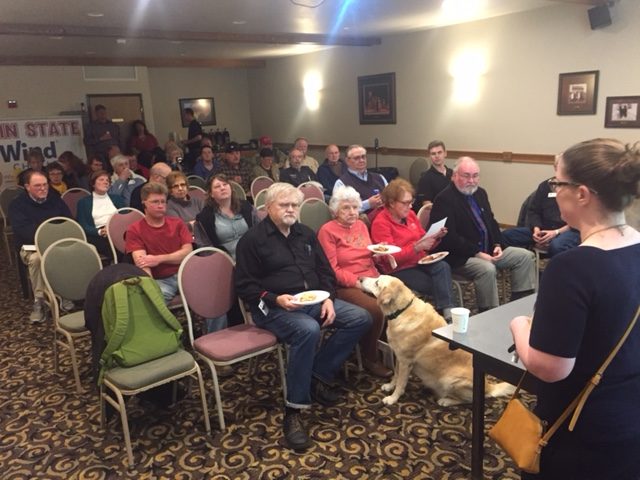
by Heather Allen | Apr 5, 2019 | Local Initiatives, RENEW Wisconsin, Renewables, Wind
On Monday March 25th RENEW Wisconsin facilitated a Wind Energy Education Event in Monroe, Wisconsin to answer questions from local residents about wind energy and new wind projects being proposed in Lafayette and Green Counties.
The Wind Education Event was hosted by Art Bartsch, local entrepreneur, green businesses innovator, and proprietor of the Monroe Super 8 Motel. Tyler Huebner, Executive Director of RENEW Wisconsin, kicked off the event with an overview of wind energy in Wisconsin. Then a panel of local experts including Mayor Dave Breunig (City of Darlington), Alder Steve Pickett (Darlington), and Tim McComish (Chair of Seymour Township Board), discussed their experiences with the Quilt Block Wind Farm located in neighboring Lafayette County. The event concluded with a demonstration of the power of wind energy from Dick Anderson and the student scientists of Kid Wind. Brodie Dockendorf (EDP Renewables) was also in attendance and addressed many technical questions about how wind turbines work. You can watch the video of the entire event on our Facebook page at this link.
Energized in 2017 and located wholly within Seymour Township in Lafayette County, Quilt Block serves as an excellent case study for future wind farms in the area. Quilt Block is a wind farm comprised of 49 modern turbines able to generate up to 2 MW each. Forthcoming wind farm projects planned in Wisconsin are likely to use similar scale or slightly larger turbines. The Sugar River Wind Farm proposed for southern Green County would host turbines with capacities of 2.625 MW and 2.75 MW.
The Quilt Block Wind Farm offers many economic benefits to Lafayette County. According to Mayor Dave Bruenig and Alderman Steve Pickett, the project construction supported local businesses through a variety of activities including the construction of a $700,000 warehouse and office space, the presence of the construction crews, and the full-time employees who purchased homes in the community. Mayor Dave Bruenig said that hotels, restaurants, automotive dealers in Darlington, and the neighboring communities saw benefits and that Green County could expect to see a “big economic boom” with the planned Sugar River wind farm.
The speakers emphasized the value of Wisconsin producing its own energy. Wisconsin imports $14 billion dollars worth of oil, coal, and gas, money that could be reinvested locally if we produced our own energy. Alder Steve Pickett said, “I think the energy that they’re going to be providing will help us be self-sustaining. And in the future that’s going to be very, very important, because if there’s any growth you’re going to need to have to have electricity to do it. And the only way you can do it is to start to generate your own.” When speaking about his grown kids returning home he noted that, “we have a great life here and I’d like to keep it that way and part of that is being able to develop power within our own communities.”
The presenters also addressed questions about what it’s like living near the turbines. Tim McComish who runs a family farm with 250 Holsteins said “I live in the center of Seymour Township, they’re [the turbines] are all around me.” He added that they have started to become part of the landscape. “As crazy as it sounds, the 49 around me, I have to look once in a while to see where they’re at, because they blend in. It’s amazing.” He added that the sound of the turbines, even the one on his property doesn’t cause any concern. “I myself, don’t even hear them at night. It’s part of the farm,” he added.
Below are some highlights of the event’s discussion. Questions are paraphrased for clarity.
Question: Does the electricity that’s made by your wind turbines stay in the county?
Brodie Dockendorf (EDP Renewables): We sell to Dairyland Power Cooperative out of La Crosse, Wisconsin. They actually sell electricity to Scenic Rivers, which is local, it’s sold locally to Seymour township. The dollar flow might go to La Crosse, Wisconsin, to Dairyland Power Cooperative, but the electricity, the electrons that are being generated, are actually used locally.
Question: Are people selling their houses because of the wind farm in your community? Have those homes sat on the market without buyers?
Mayor Breunig: No not at all. There’s a shortage of workers, there’s also a big shortage of housing. One of the things we got going up on one end of town is 24-unit housing. It didn’t affect us at all.
Tim McComish: There’s not a house available in our township for rent because there are workers looking for homes all the time.
Question: What about productivity of cows that live near wind turbines?
Tim McComish: I’m a dairy farmer, we’re still milking as good or better than before. It’s not affecting us.
Question: What about health issues and soil quality around wind turbines?
Tyler Huebner: Growing up in a town almost the exact same size as Monroe, eight thousand people, right now there are two hundred and sixty turbines recently built in my county, Poweshiek County. Twenty-four are being explored here in Green County versus two hundred and sixty. Everybody who’s going to lease those turbines to those developers or those utilities, they’re all corn farmers too. There’s at least ten times as many wind turbines in Iowa, and I have not heard anything come out of Iowa that would equate a loss in production or a change in the soil quality or anything like that related to wind.
In Iowa I have not heard any health complaints anywhere near where I grew up. I know that there is a lot on the internet that can be found, on this point there are some pretty reputable studies that have been done by Massachusetts Department of Environmental Health. I know that the Australian National Health Association have looked at these claims and basically found that, if you look at the scientific and the medical peer reviewed studies that there has not been found a link between human health impacts and living near wind turbines.
We also have references to a number of reputable studies on our website with more information about health and wind.
Question: Could someone explain to me how you take DC current and convert it to AC current? Who monitors the IEEE standards?
Brodie Dockendorf: The wind turbines actually generate electricity on alternating current. They do not generate on DC. Up in the very top the generator is a squirrel cage motor, we turn that squirrel cage motor faster than what it’s supposed to. 1600 RPM squirrel cage motor is consuming electricity at 1580 RPMS. What we do is we spin it up faster. So at 1600 RPMs it meets an equilibrium where it doesn’t generate or consume electricity. When we spin it faster than 1600 RPMs at 1620 we actually start pushing alternating current.
It is a perfect sine wave, the same way a coal-fired power plant, a nuclear power plant, or a natural gas plant’s combined cycle natural gas plant, it’s the same way they are generating electricity. We don’t reinvent the wheel for this.
The same methods are used throughout the United States. There are turbines that will take a variable frequency. They take an inverter, like you would have a DC inverter for solar batteries, your car, and what they do is they actually convert it to DC and then they convert it right back to AC using an inverter.
As far as the standards of electricity go, if we put dirty electricity on the grid, MISO, is always monitoring. The transmission companies (ATC and ITC) are monitoring our output. If we are even out of spec of the 60Hz cycle, they will open our breakers and shut us off.”
Question: What about harmonic distortion?
Brodie Dockendorf: There are harmonic filters on everything. We have harmonic filters in our substations. We also have phase compensation, big capacitor banks, any other electrical generator. We are scrutinized. We are a federally regulated power generation company, just like any other generator. There are some manufacturers [of wind turbines] that do [DC generation]. We’re scrutinized just like everybody else. We have to maintain no disturbance on the grid. If you cause disturbance on the grid, that kicks in fines. NERC and FERC regulations keep us in line. We can’t just go and do whatever we want on the grid and cause problems. If we do, [there are] big fines. Even if I miss a substation inspection – they can fine us up to $1,000,000 a day. We are regulated beyond what we can even imagine. So we are on top of our game.
Thank you to everyone who participated in this informative event! And if you would like to learn more about wind farms in Wisconsin please visit our Frequently Asked Questions page.
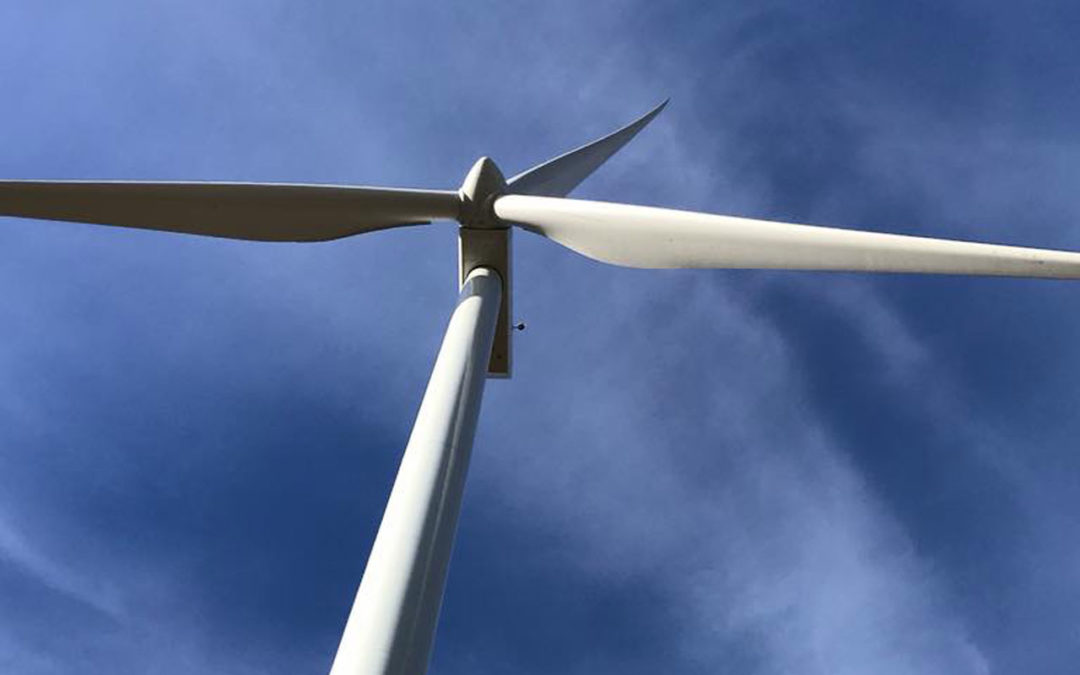
by Heather Allen | Feb 22, 2019 | Renewables, Utility Scale, Wind
After a prolonged absence from Wisconsin, wind developers are starting to come back to the Badger State with a desire to build projects. EDF Renewables, a nationally prominent renewable energy developer, has applied to construct and operate Green County’s first wind farm near the Illinois border. Called the Sugar River Wind Farm, this 24-turbine project would, if approved, generate an amount of electricity equal to what 20,000 households typically consume.
The Green County Board of Supervisors will review EDF’s 236-page application, which was submitted in late January, and will likely make a decision on the 65-megawatt project in July.
To accommodate the turbines, EDF envisions leasing almost 6,000 acres of farmland in the Town of Jefferson from area property owners. Participating landowners expect to continue farming operations while the wind farm operates.
As with other wind projects, the Sugar River Wind Farm will have a significant impact on the local economy. According to the application, more than $550,000 will flow to local landowners and governments each year during the project’s operation. Of that total, Green County and the Town of Jefferson will reap a combined $250,000 annually in the form of utility local aids.
Jefferson Township’s annual tax revenue income could increase by nearly 40% over 2019 levels as a result of this project. The project will also support 70 to 100 temporary construction jobs and three to five operations jobs over the life of the project.
If approved, Sugar River would be the second major wind energy development in Wisconsin to advance after a protracted lull in wind development activity that lasted between 2011 and 2017. Between a hostile political environment and a glut of generating capacity, utility-scale wind development activity languished in Wisconsin. During the dry spell here, developers flocked to neighboring states to tap into one of the most cost-effective clean energy sources available to utilities. The door reopened slightly when Dairyland Power Cooperative agreed to purchase electricity generated from Quilt Block Wind Farm, which started operating in November 2017.
Local Businesses Benefit from Wind Farms
Located in Lafayette County, Quilt Block has been hailed as a success by community leaders from the Town of Seymour and the City of Darlington.
“The Quilt Block Wind Farm in Darlington is a great asset to the City of Darlington and to Lafayette County,” said Darlington Mayor Dave Breuning. “During the construction, the employees were great to work with and they were very supportive of the retail businesses in Darlington.”
Mayor Bruening noted that Quilt Block’s labor force drove Ford trucks and had their vehicles serviced at the local auto dealership. Employees patronized area grocery stores and gas stations, and took their printing work to the local print shop, he said. “And then the Quilt Block Wind Farm built the office and garage in the Darlington business park. What a great addition to the City!”
More Efficient Wind Farms Lead to New Wind Proposals
Wind projects have become increasingly productive, as turbines are designed to be taller with longer blades to capture winds higher up in the sky that blow at faster speeds. “There’s an old physics equation that says when you can double the speed of the wind you are catching, the power that you’ll produce goes up eightfold,” Tyler Huebner, Executive Director of RENEW Wisconsin. “It’s a cubed relationship.” As the technology improves and wind farms become more cost-competitive, developers are working again in Wisconsin and coming forward with new proposals.
Wind Regulations and Project Review Timeline
When it took effect in 2012, Wis. Admin. Code § PSC 128 established the formal process that all local governments must abide by when reviewing permit applications for wind farms under 100 MW. The rule also set standards that local governments may apply to the placement of wind turbines as well as their construction and operation. Local governments have the option of adopting, for example, setback distances that are less stringent than the baseline standards in PSC 128. However, they may not impose standards that are more stringent than those specified in that rule. Wind energy projects in excess of 100 MW are reviewed by the Public Service Commission.
Green County has 90 days from the date of the application (Jan 30, 2019) to adopt a wind energy ordinance and an additional 90 days to review and approve the proposed project. At its March 12, 2019, meeting Green County Board of Supervisors will consider a resolution to adopt a wind ordinance. Wind energy projects that aren’t approved by the County within the two consecutive 90 day periods after an application is submitted are automatically approved.
How Can I Support Wind Development in Green County and Wisconsin?
Green County residents can send an email to the Green County Board of Supervisors. Their contact information is available here.
Learn more about wind. A report titled “Wind Turbines and Health” was recently issued by three organizations: the Environmental Health Sciences Research Center (which exists within the University of Iowa College of Public Health), Iowa Policy Project, and Iowa Environmental Council. The report summarizes the results of the most rigorous research available on the benefits and risks related to wind power.
Join RENEW’s information session about wind power on March 25, 2019, at 5 pm at the Monroe, WI Super 8 Motel. Enjoy refreshments and hear from the Mayor of Darlington and his colleagues talk about their experience in Lafayette County with the Quilt Block Wind Farm.
*This blog post was written by Heather Allen with contributions from Michael Vickerman.
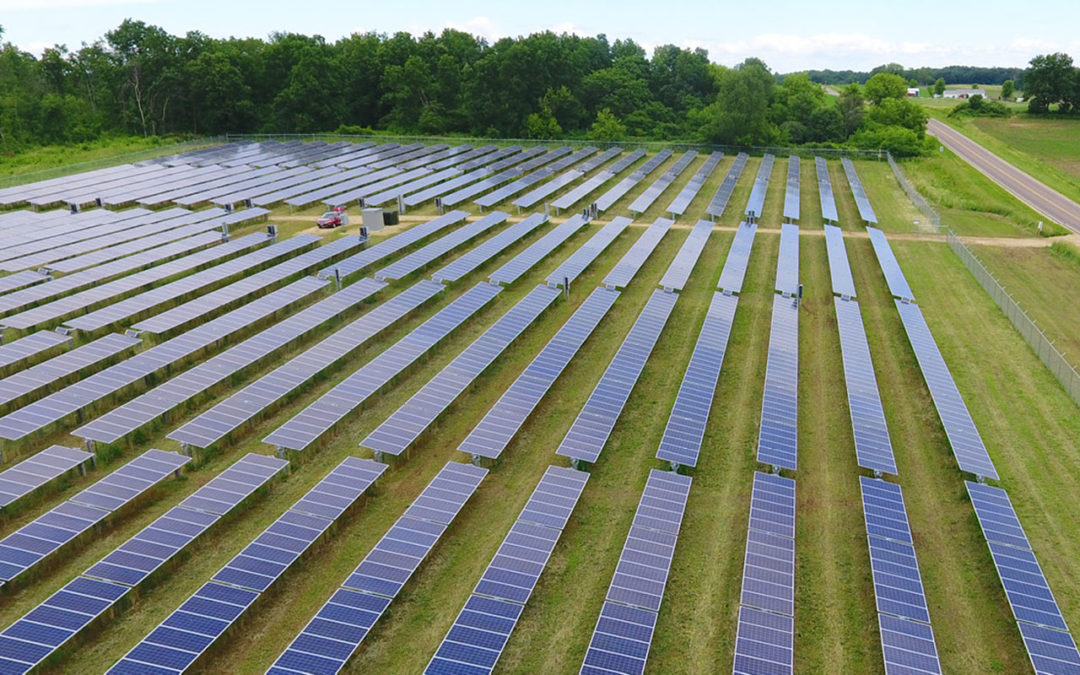
by Heather Allen | Jan 4, 2019 | RENEW Wisconsin, Renewables, Solar, Utilities, Wind
Home-grown renewable electricity is poised for a big breakout this year. Two solar projects large enough to replace fossil-fuel power plants are making headway, while utilities in Wisconsin have made stronger renewable energy commitments. At the same time an accelerating number of nonprofit organizations, businesses, and citizens are turning to renewable energy for their own use.
Hearings are set this month for the Badger Hollow Solar Farm in Iowa County and the Two Creeks solar project in Manitowoc and Kewaunee Counties. The Public Service Commission will likely decide whether to approve of the two projects in mid-March. The utilities Wisconsin Public Service (based in Green Bay) and Madison Gas & Electric plan to acquire 300 megawatts of generation capacity from these plants, enough to power over 70,000 average Wisconsin households. If the two projects are approved, the utilities will be able to reduce their fossil-fuel emissions while increasing supplies of renewable power in their energy generation mix.
We expect another wave of large solar power plants to follow soon after the PSC issues decisions on Badger Hollow and Two Creeks.
Wisconsin electric providers are driving this transition to renewable energy through their recently announced plans to scale back carbon emissions.
WI Utility Commitments to Reduce Carbon Emissions and Increase Renewable Energy
UTILITY
|
APPROXIMATE NUMBER OF CUSTOMERS
|
CURRENT WI RENEWABLES MIX
|
STATED GOALS OR RECENT ACTIONS
|
WEC (WE Energies and Wisc. Public Service)
|
1.1 million + 440,000
|
7% WE
7.8% WPS
|
80% CO2 reduction by 2050
|
Alliant (WI Power and Light)
|
460,000
|
13.3%
|
29% renewables by 2024
80% CO2 reduction by 2050
|
Dairyland Power
|
258,000
|
14.4%
|
PPAs for 98 MW Wind (2017), 20 MW solar (2016), 80 MW Iowa Wind (2016)
|
Xcel Energy
|
256,000
|
28% (systemwide)
|
80% CO2 reduction by 2030
100% CO2 reduction by 2050
|
WPPI Energy
|
200,000
|
14.5%
|
PPAs for 132 MW wind (2018) and 99 MW solar (2020)
|
Madison Gas and Electric
|
145,000
|
10.1%
|
30% renewables by 2030
80% CO2 reduction by 2050
|
How can you help accelerate clean energy?Increasingly, businesses and nonprofit organizations are also committing to renewable energy. Solar for Good, the grant program managed by RENEW Wisconsin to support non-profits going solar, announced its most successful round of funding ever in 2018. The program’s Fall 2018 round announced that 36 organizations have been allocated $445,000 in grants which will lead to $4.5 million in solar investment in Wisconsin. At the same time major businesses are committing to clean energy. On January 3, 2019, Advocate Aurora Health committed to 100% renewable energy by 2030 for its 27 hospitals and 500+ outpatient sites in Wisconsin and Illinois.
This tremendous momentum would not be possible without RENEW members and supporters of clean energy from all across Wisconsin. One important thing you can do is to help us ensure the Badger Hollow Solar Farm is approved. A strong showing of public support will help this project, which needs approval by the Public Service Commission.
Please support the Badger Hollow Solar Farm by adding your name as a supporter here.
Happy New Year!
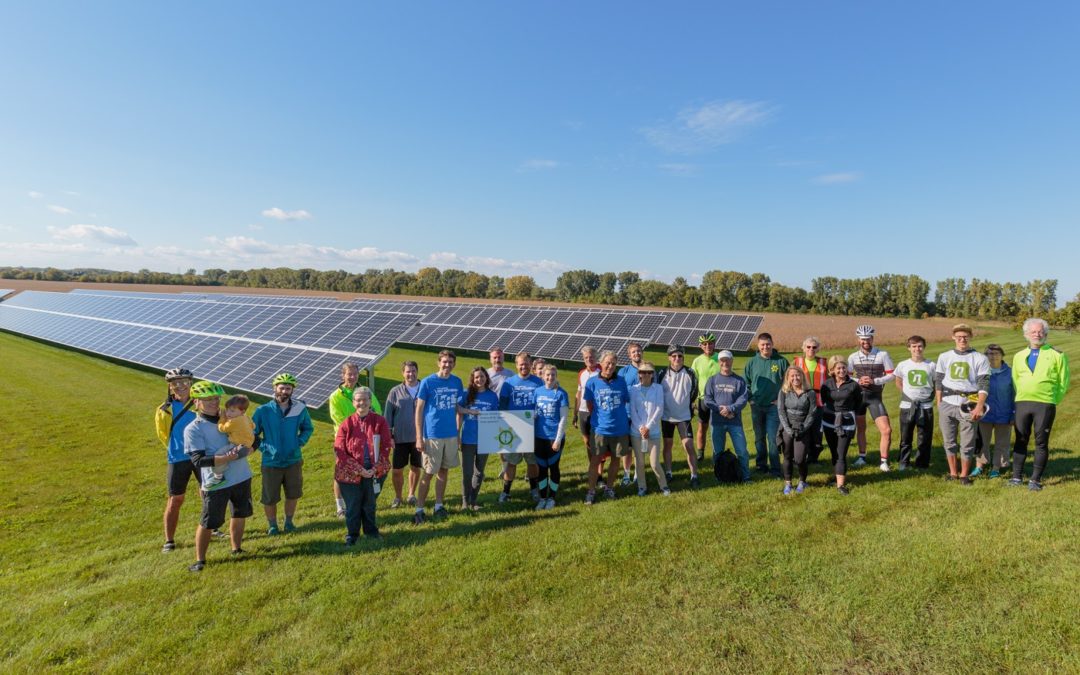
by Michael Vickerman | Oct 16, 2018 | Advocacy, Biogas, Focus on Energy, Programs, RENEW Wisconsin, Renewables, Solar, Wind
For many years, Focus on Energy’s renewable energy incentive program has labored under an operating environment resembling a regulatory roller-coaster. It has weathered funding suspensions, mid-stream budget reallocations, and an effort to replace rebates with loans.
But that extended wild ride is finally coming to an end, the result of Public Service Commission orders that will restore stability and consistency to Focus’s renewable energy offerings.
The PSC’s ruling in June 2018 locked in $22 million in renewable energy incentives for the 2019-2022 funding cycle, split equitably between residential and business customers. That allocation amounts to a funding increase of $4.7 million, or 27%, over the previous four-year cycle. In addition, the order granted flexibility to move funds between residential and business customers to better ensure all the funding is utilized.
A subsequent order in September 2018 locked in improvements to the business program, including a streamlined application process, a guarantee of request-for-proposals issued three times per year, and a funding set-aside for mid-size projects (between 20 and 100 kilowatts for solar power projects).
We are starting to see the results of these positive decisions!
The business program has an RFP on the street with applications due next week, on Tuesday, October 23rd, for the first round of projects that will be installed in 2019.
All in all, the PSC’s decisions tracked closely with the recommendations submitted by RENEW and its member businesses regarding funding levels and program design.
But before we dive into how it happened, RENEW wishes to thank PSC Chairperson Lon Roberts and Commissioners Mike Huebsch and Rich Zipperer for their votes in support of a strong, predictable, and consistent renewable energy program for Focus on Energy!
We would also like to thank the Commissioners’ Executive Assistants and the Commission’s Focus on Energy staff team for the role they each played in setting up success for 2019 through 2022.
The Anatomy of the Victory
Our goals for the 2018 planning process were twofold: first, to lock in a stable and well-funded operating environment for renewables; and second, to integrate needed process improvements to the incentive program targeting commercial installations. Our member businesses assisted us in formulating these recommendations which were based on an assessment of recently adopted tax and trade policies and their likely effects on customer appetite for onsite renewable generation.
Our success was made possible by the participation of several influential constituencies that weighed into the formal planning docket. For the first time in Focus on Energy’s history, associations representing general contractors, builders, and architects voiced their support for a well-funded renewable energy program. Drawing upon his background representing contractors at the Capitol, Jim Boullion, RENEW’s Government Affairs Director, was instrumental in engaging these groups to submit a letter conveying their support for continuing current funding levels over the next four years.
In addition, renewable energy businesses and associations across solar, biogas, and geothermal technologies weighed in with support. These businesses span the entire state, which helped us make the point that the renewable energy program serves rural and urban areas.

Geographic Representation of Signatories
Our success in 2018 was also made possible by RENEW’s organized media outreach and recognition swings across Wisconsin from 2015 through 2017. Those events highlighted the increasing appeal of rooftop solar for commercial customers, school districts, and agricultural producers, and called attention to the Focus on Energy incentives that moved these installations to completion.
The ribbon-cuttings and award ceremonies in locations such as Racine, New Berlin, and Darlington proved effective in generating positive coverage from the press. RENEW complemented that effort with analysis documenting the renewable program’s statewide reach and effectiveness in supporting Wisconsin businesses, both at the customer and contractor level.
That effort first bore fruit in October 2016, when the PSC decided to scrap the sputtering loan program and replenish the incentive budget for 2017 and 2018 with unspent loan dollars totaling more than $8.5 million. With that commitment in place, renewable energy businesses could bank on a relatively stable and adequate funding base, and break free of the fits and starts that had hampered their ability to meet growing customer demand.
Getting the 2017 and 2018 programs in place and, through our members, showing them to be successful gave us a strong negotiating position to showcase “what is working” and to advocate for continued rebate funding for 2019-2022.
In the end, it was a combination of RENEW’s strong advocacy on behalf of our member businesses and allies, and the PSC’s desire to see the program succeed that led to this positive outcome. We are fortunate to have so many actively engaged members who understand the value of speaking up with a unified voice.
Said RENEW Executive Director Tyler Huebner: “The Commissioners definitely heard the collective comments of our industry and stakeholders to make the renewable energy program as streamlined and business-friendly as possible. RENEW Wisconsin will continue to work with the Commission, PSC staff, and the Focus on Energy program administrators to make the programs simple for customers and the renewable energy marketplace, while ensuring cost-effective outcomes.”
Once again, thank you to our Members and Stakeholders who supported our positions, and to the PSC Commissioners, Executive Assistants, and Staff who all played instrumental roles in this process.
We look forward to a strong Focus on Energy renewable energy program for 2019 through 2022!
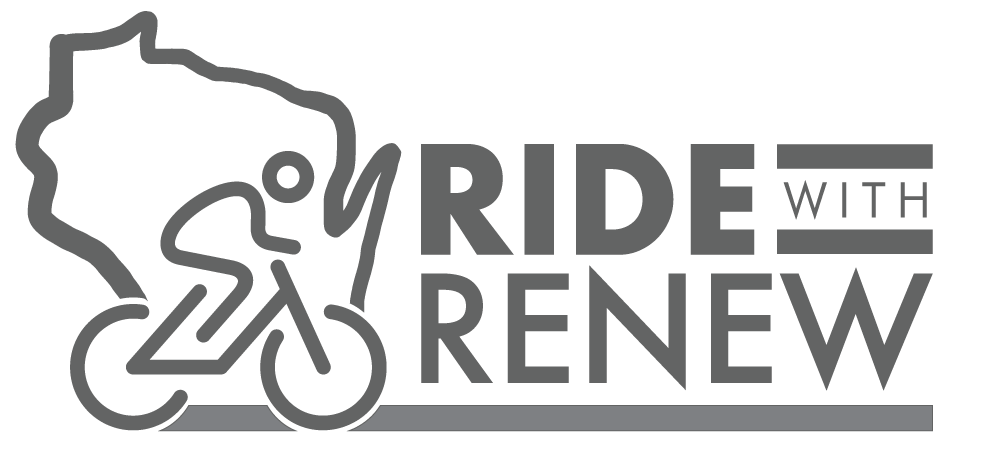
by Tyler Huebner | Oct 2, 2018 | Biogas, Events, RENEW Wisconsin, Solar, Solar for Good, Wind
On Saturday, September 29th, fifty bike riders enjoyed our sixth annual “Ride with RENEW” bicycle tour! This year’s tour was in Milwaukee and we saw solar, wind, and biogas renewable technologies up close.
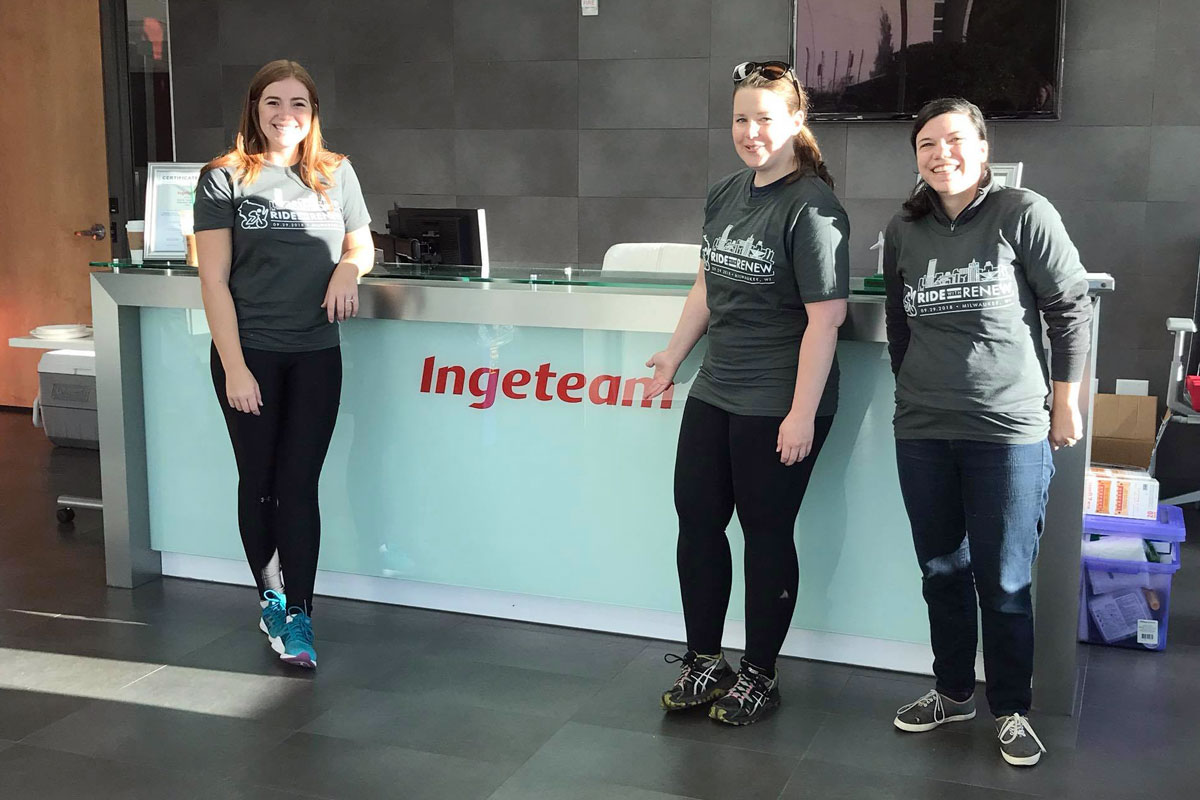 The day started off cool, but as the sun rose the temps came along with it. Ingeteam hosted our morning breakfast and registration, and we learned about their factory and US headquarters which builds wind generators and supports solar and wind projects nationwide.
The day started off cool, but as the sun rose the temps came along with it. Ingeteam hosted our morning breakfast and registration, and we learned about their factory and US headquarters which builds wind generators and supports solar and wind projects nationwide.
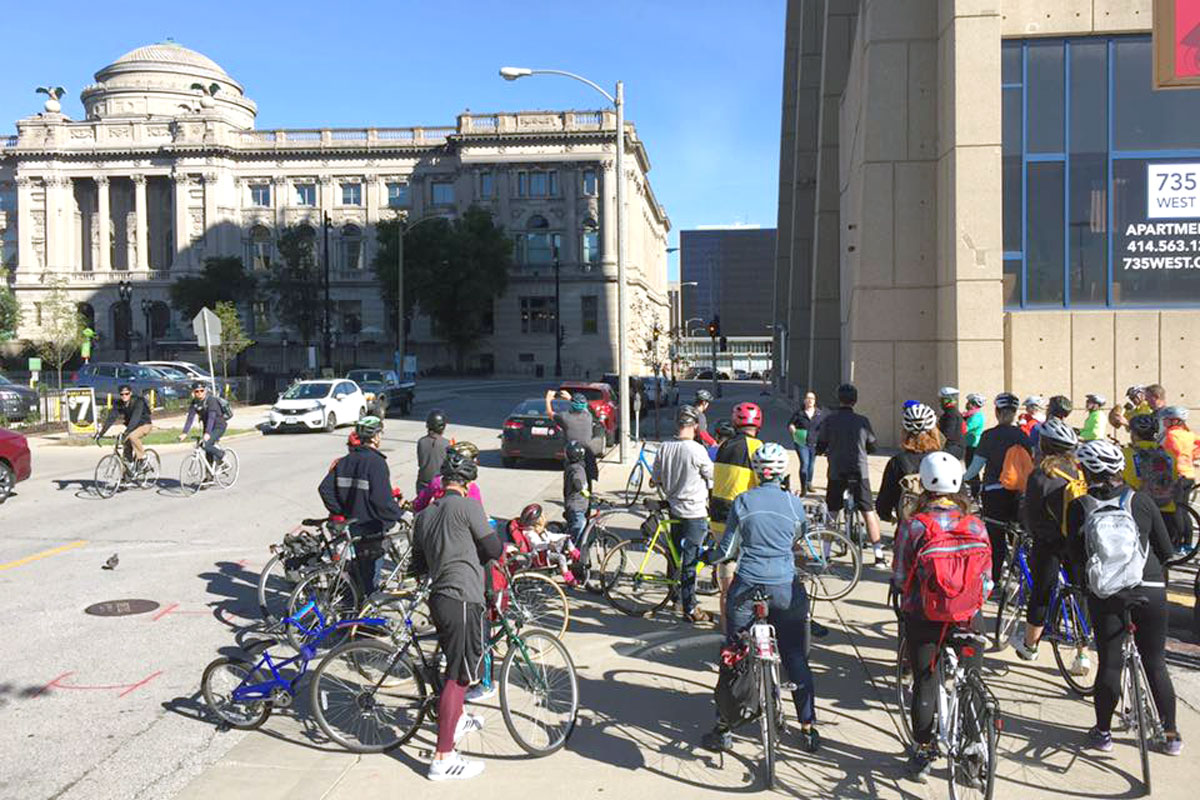 Next we visited the City of Milwaukee’s Public Library, where the City’s Elizabeth Hittman regaled our crowd with the City’s plans to install 1.1 megawatt of solar across six City buildings. The Library will get a 121 kilowatt solar PV system as part of this project.
Next we visited the City of Milwaukee’s Public Library, where the City’s Elizabeth Hittman regaled our crowd with the City’s plans to install 1.1 megawatt of solar across six City buildings. The Library will get a 121 kilowatt solar PV system as part of this project.
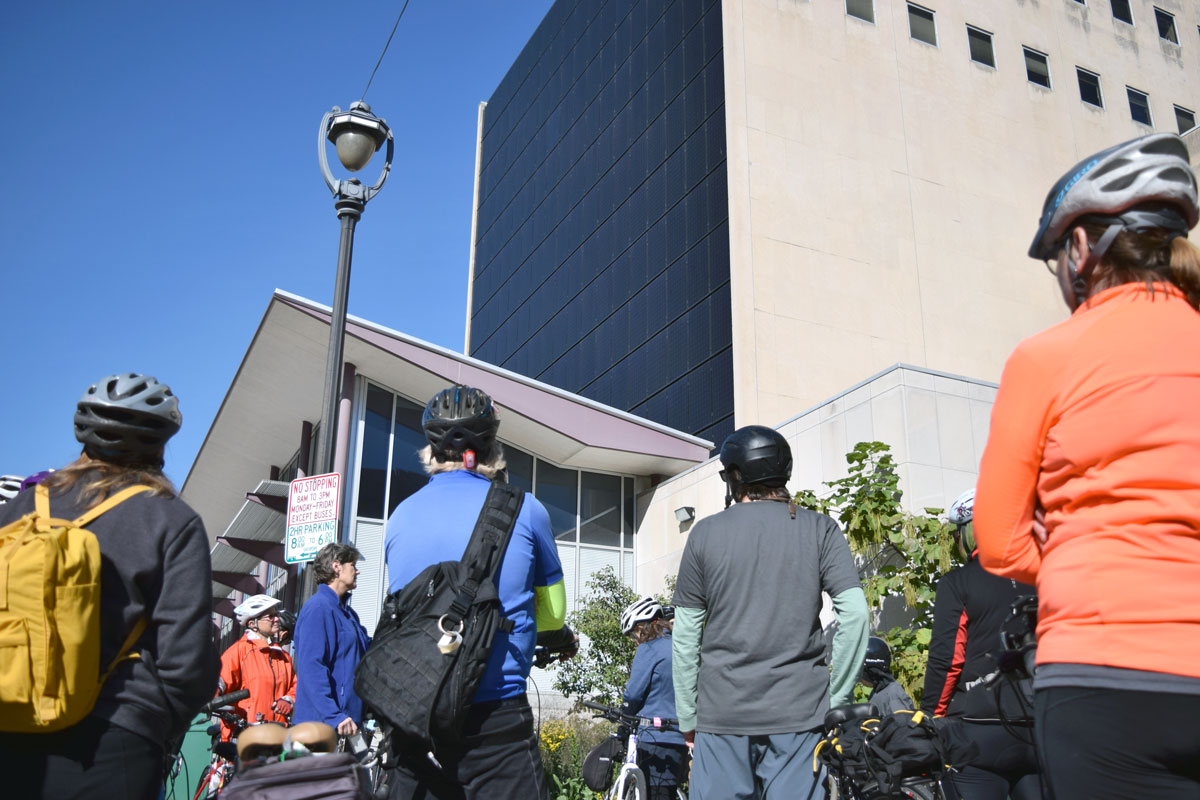 A block away, we visited the largest vertical solar PV wall in the U.S. according to project developer Convergence Energy. The project is at the Milwaukee Public Museum, and Director Ellen Censky motivated our crowd with her story of getting sustainability done!
A block away, we visited the largest vertical solar PV wall in the U.S. according to project developer Convergence Energy. The project is at the Milwaukee Public Museum, and Director Ellen Censky motivated our crowd with her story of getting sustainability done!
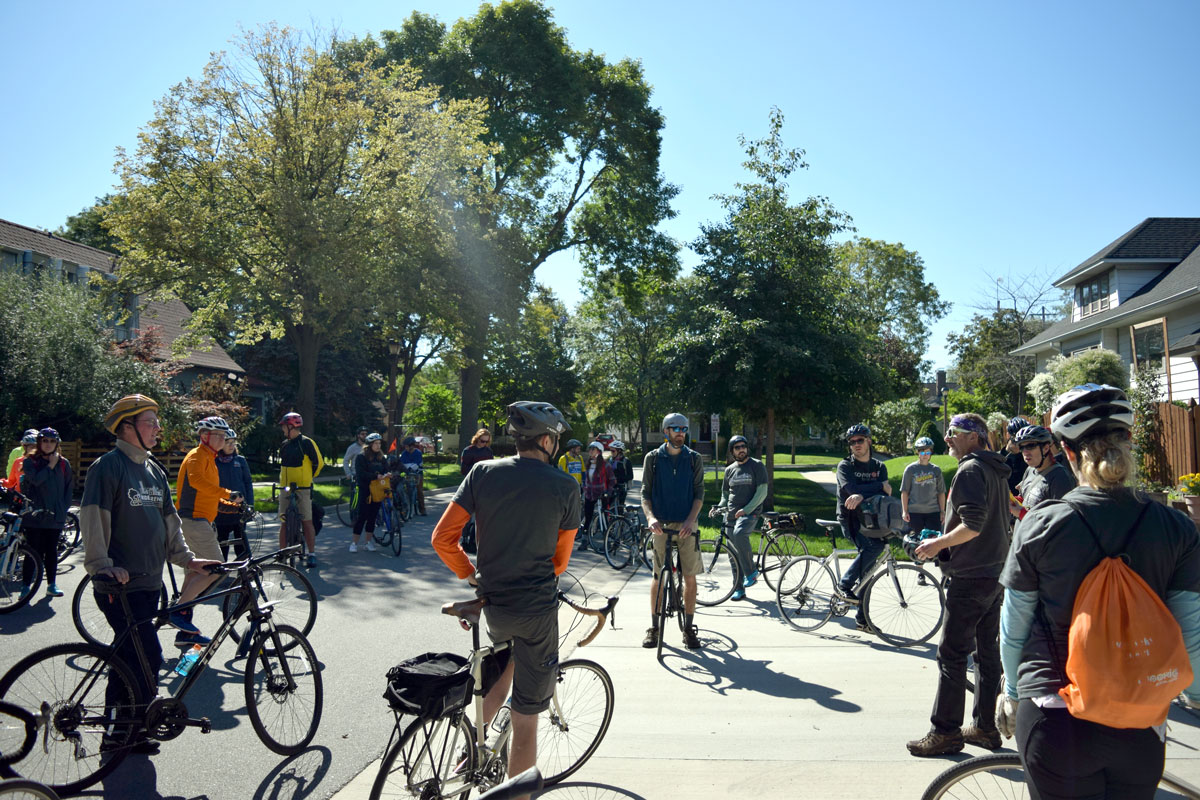 Next, we rode trails north to Shorewood where we saw solar on homes from a recent solar group buy through the City’s Milwaukee Shines Programand the Midwest Renewable Energy Association.
Next, we rode trails north to Shorewood where we saw solar on homes from a recent solar group buy through the City’s Milwaukee Shines Programand the Midwest Renewable Energy Association.
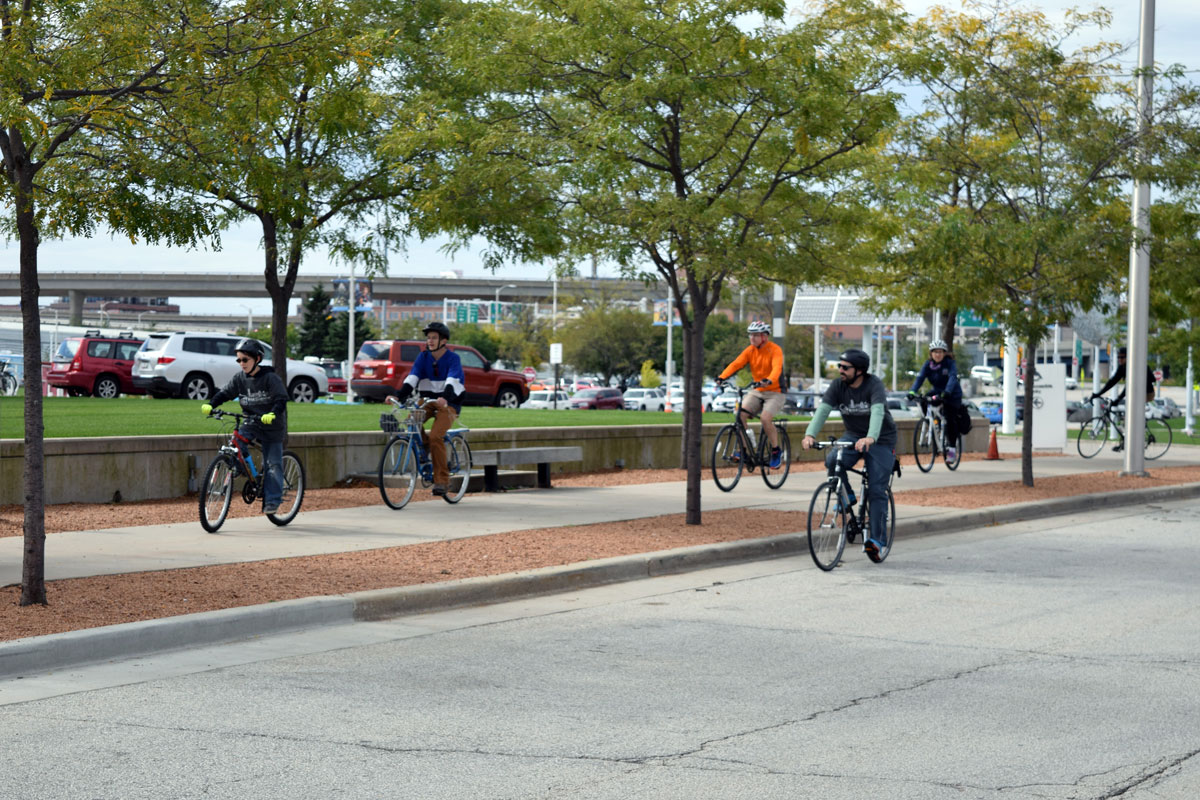 Then we headed to the lake, where we ate lunch at the Discovery World which includes geothermal heating and cooling, which ride sponsor HGA Architects helped integrate into the building.
Then we headed to the lake, where we ate lunch at the Discovery World which includes geothermal heating and cooling, which ride sponsor HGA Architects helped integrate into the building.
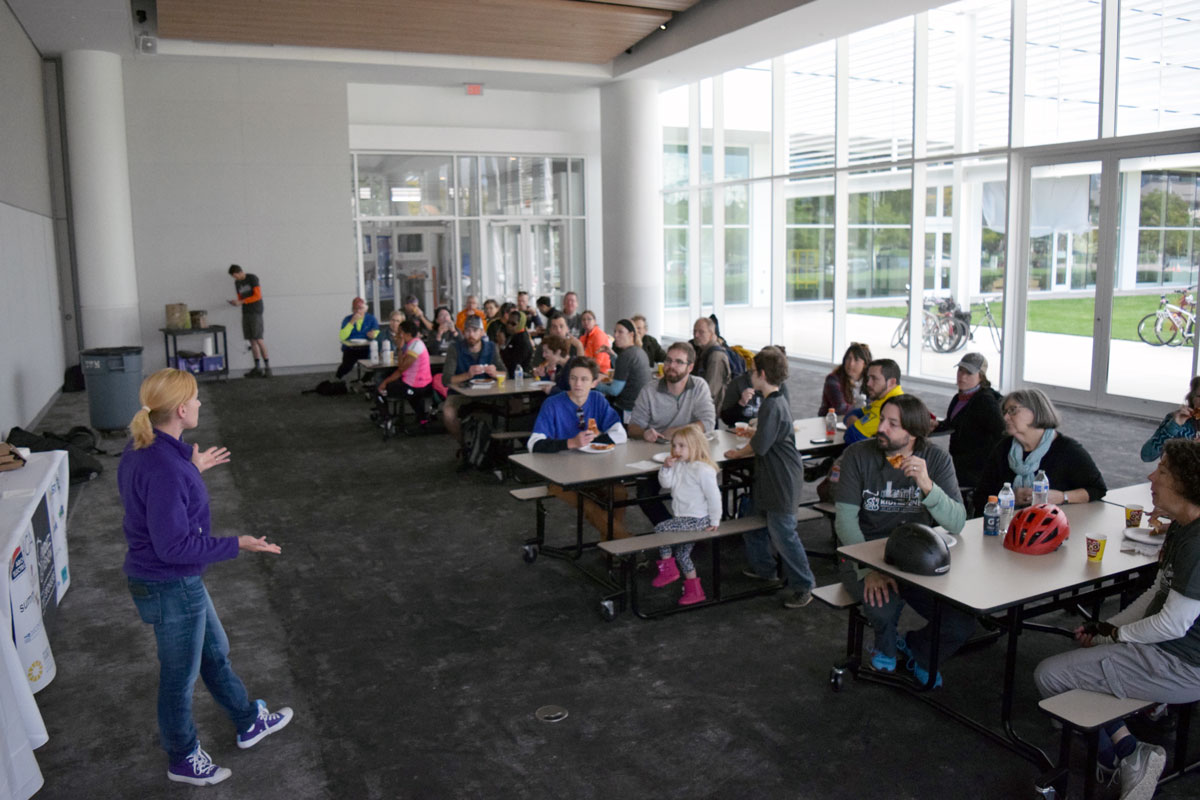 Have you ever had solar-powered pizza delivered by an electric car? We did! Our lunch was delicious and provided by Bounce Milwaukee. Bounce uses solar electricity to power solar ovens that cook pizzas, which are then delivered by electric cars. Ice cream was also provided by Cedar Crest Ice Cream.
Have you ever had solar-powered pizza delivered by an electric car? We did! Our lunch was delicious and provided by Bounce Milwaukee. Bounce uses solar electricity to power solar ovens that cook pizzas, which are then delivered by electric cars. Ice cream was also provided by Cedar Crest Ice Cream.
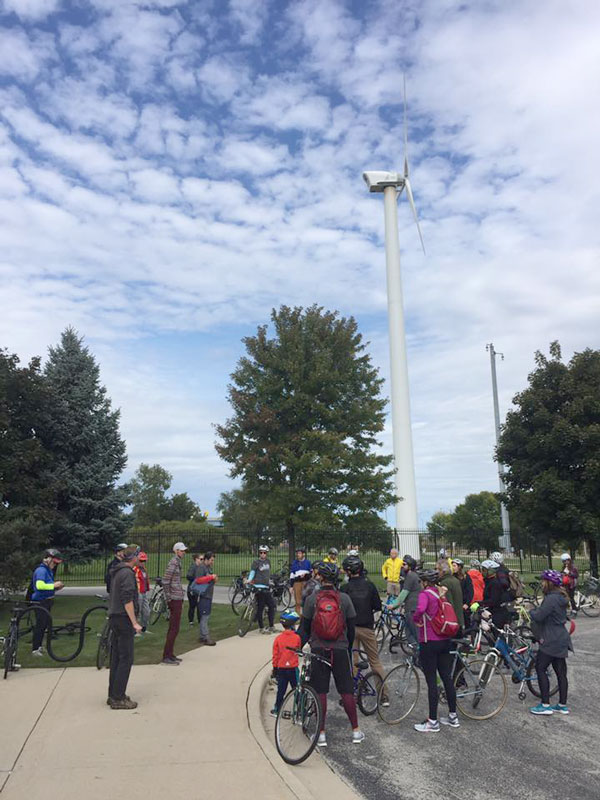 After lunch, we visited the Port of Milwaukee’s wind turbine which is close to producing 1 million kilowatt-hours of electricity and is coming up on six years of operation.
After lunch, we visited the Port of Milwaukee’s wind turbine which is close to producing 1 million kilowatt-hours of electricity and is coming up on six years of operation.
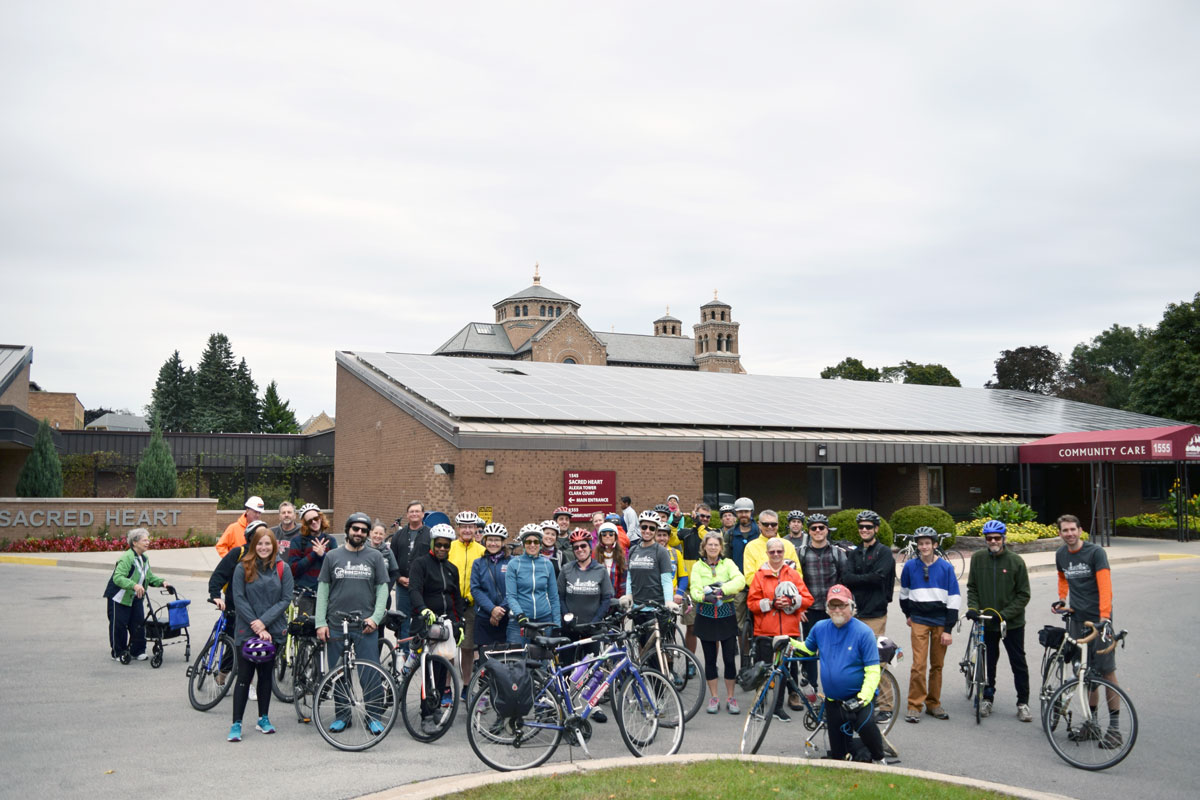 Then, two non-profit organizations showed how broadly solar has grown. Mike Cornell of Arch Electric showed off their project at the School Sisters of St. Francis, which we believe is the largest solar project for a religious order in Wisconsin. The solar panels at this project are made in Jackson, Mississippi, by Seraphim.
Then, two non-profit organizations showed how broadly solar has grown. Mike Cornell of Arch Electric showed off their project at the School Sisters of St. Francis, which we believe is the largest solar project for a religious order in Wisconsin. The solar panels at this project are made in Jackson, Mississippi, by Seraphim.
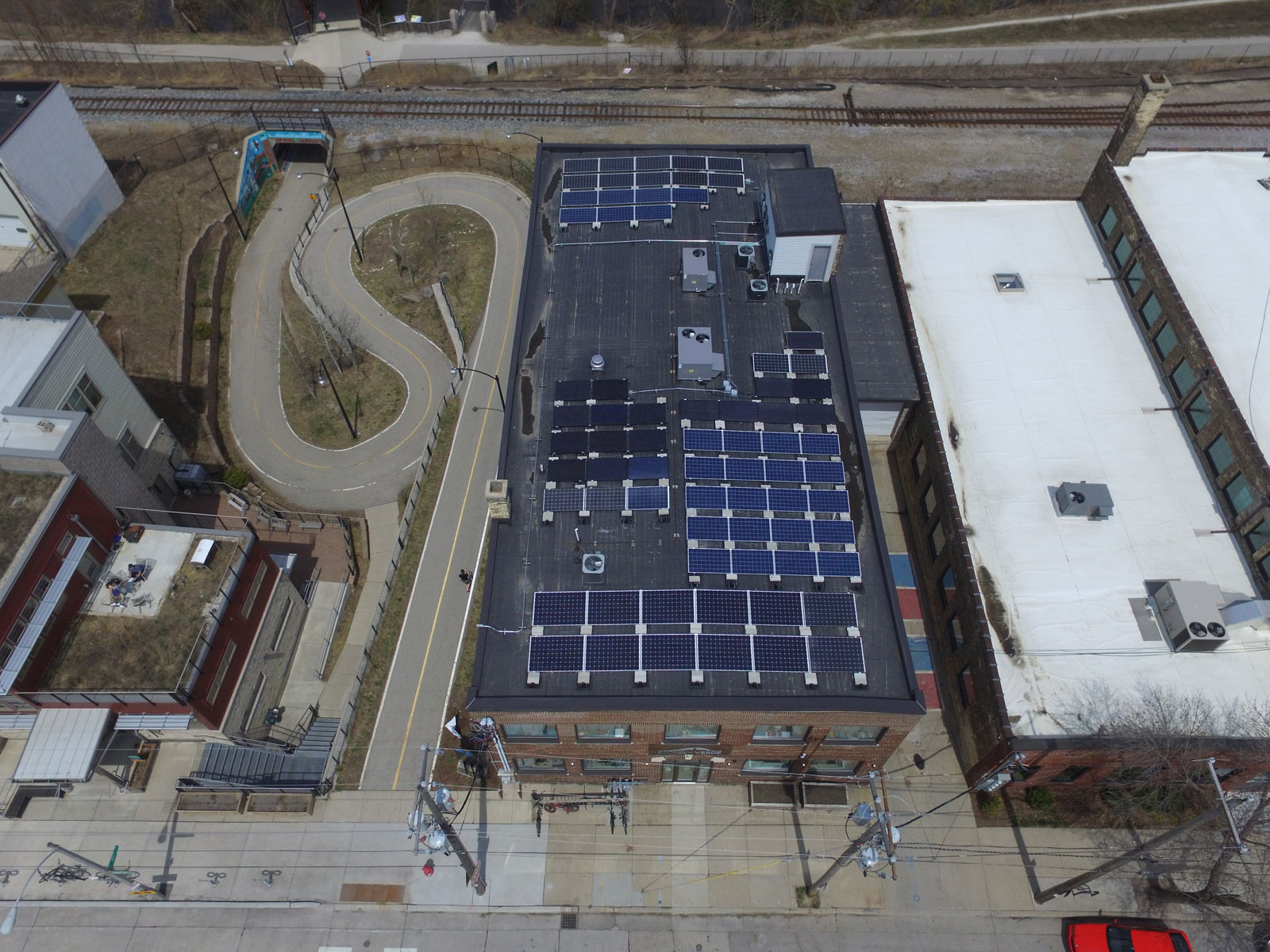 Escuela Verde was our second-to-last stop, where Catie Malcheski of Sunvest described the school’s vision and actions to get solar. The panels had been donated by Helios when it was making panels in Milwaukee a few years ago, but the school needed to raise the money to complete the installation. RENEW’s Solar for Good program was a key contributor to making the project happen!
Escuela Verde was our second-to-last stop, where Catie Malcheski of Sunvest described the school’s vision and actions to get solar. The panels had been donated by Helios when it was making panels in Milwaukee a few years ago, but the school needed to raise the money to complete the installation. RENEW’s Solar for Good program was a key contributor to making the project happen!
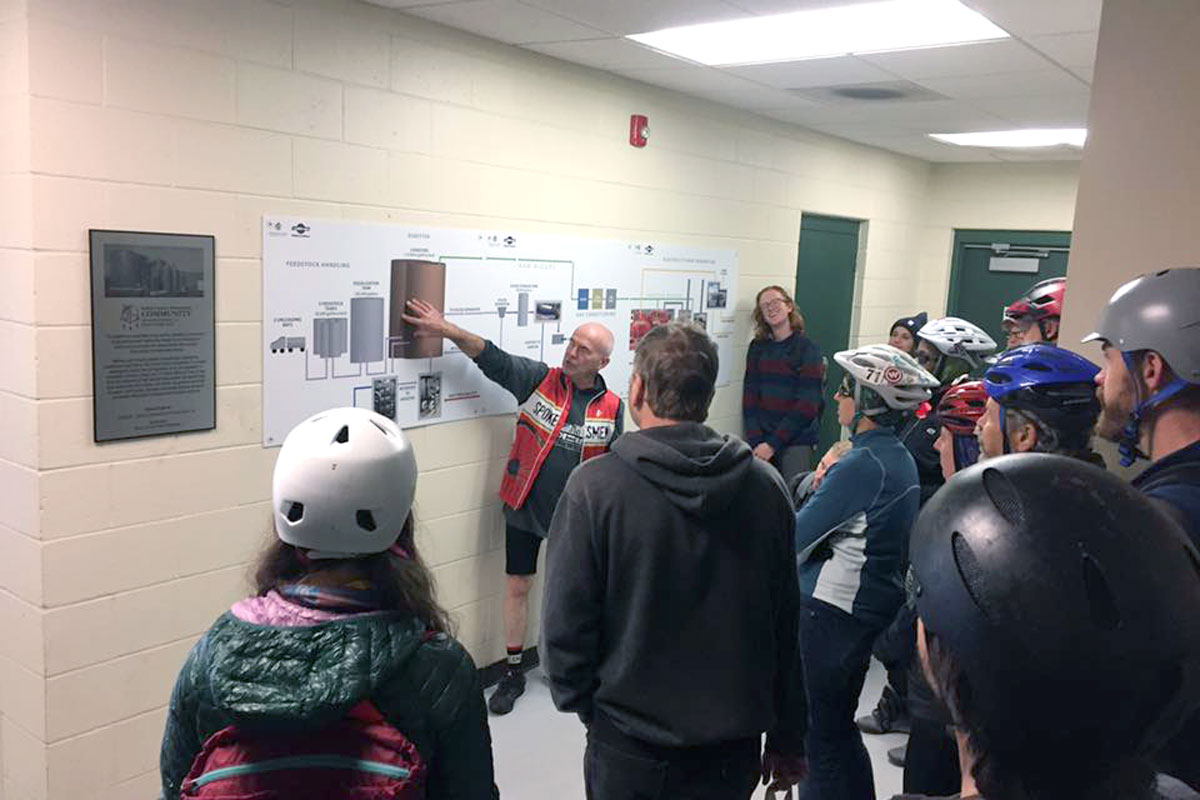 Our last stop was at the Forest County Potawatomi Community’s Biodigester, which is located next to the casino. The Biodigester takes food waste from the casino and other locations and turns it into biogas, which is then used to create electricity. Waste heat is also piped to the casino in the winter. Charlie Opferman of the Potawatomi Community told us how the biodigester is basically a big stomach in action.
Our last stop was at the Forest County Potawatomi Community’s Biodigester, which is located next to the casino. The Biodigester takes food waste from the casino and other locations and turns it into biogas, which is then used to create electricity. Waste heat is also piped to the casino in the winter. Charlie Opferman of the Potawatomi Community told us how the biodigester is basically a big stomach in action.
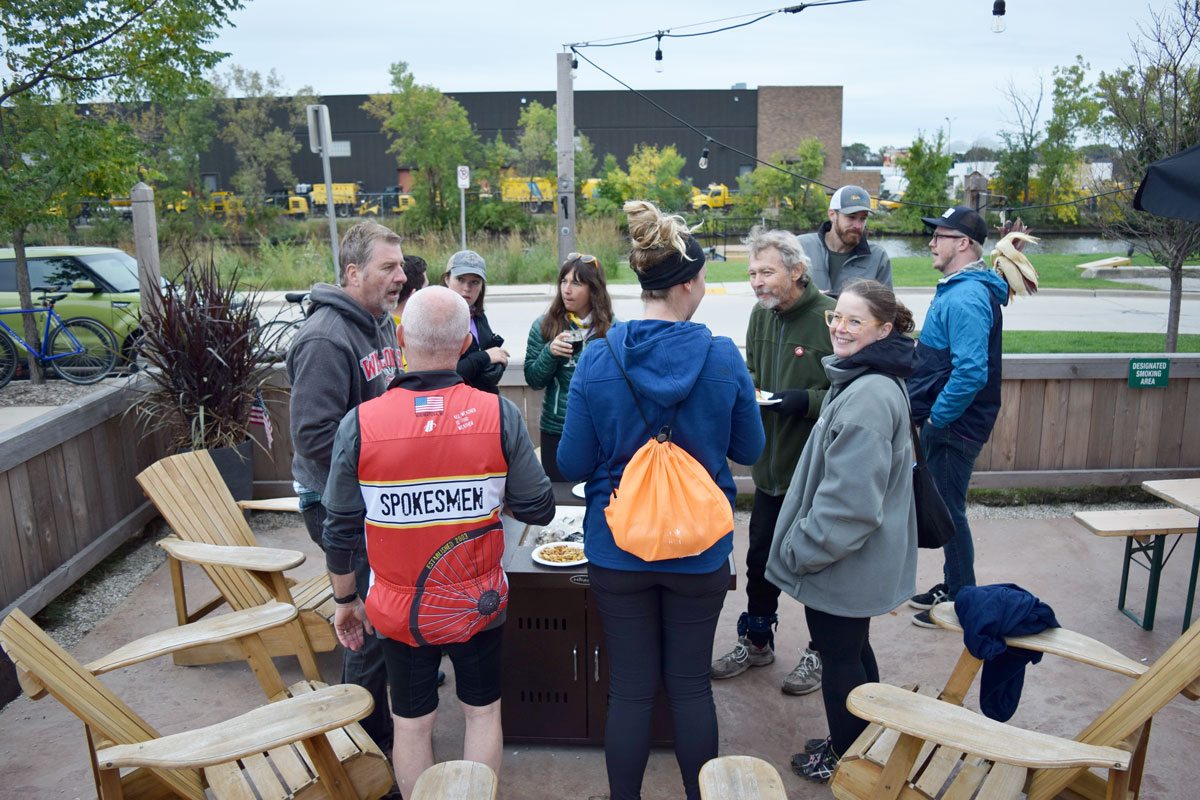 We finished up by having a beer and snacks at City Lights Brewing Company.
We finished up by having a beer and snacks at City Lights Brewing Company.
We also once again enjoyed excellent financial support from our sponsors, RENEW Wisconsin members, and friends and family of our bike riders who donated to support the riders. John & Mary Frantz offered to match up to $15,000 in donations towards our ride, and we exceeded our goal again! All event proceeds will support RENEW Wisconsin’s ongoing work to advance renewable energy in Wisconsin.
Thank you once again to all of our riders, sponsors, and supporters!




















